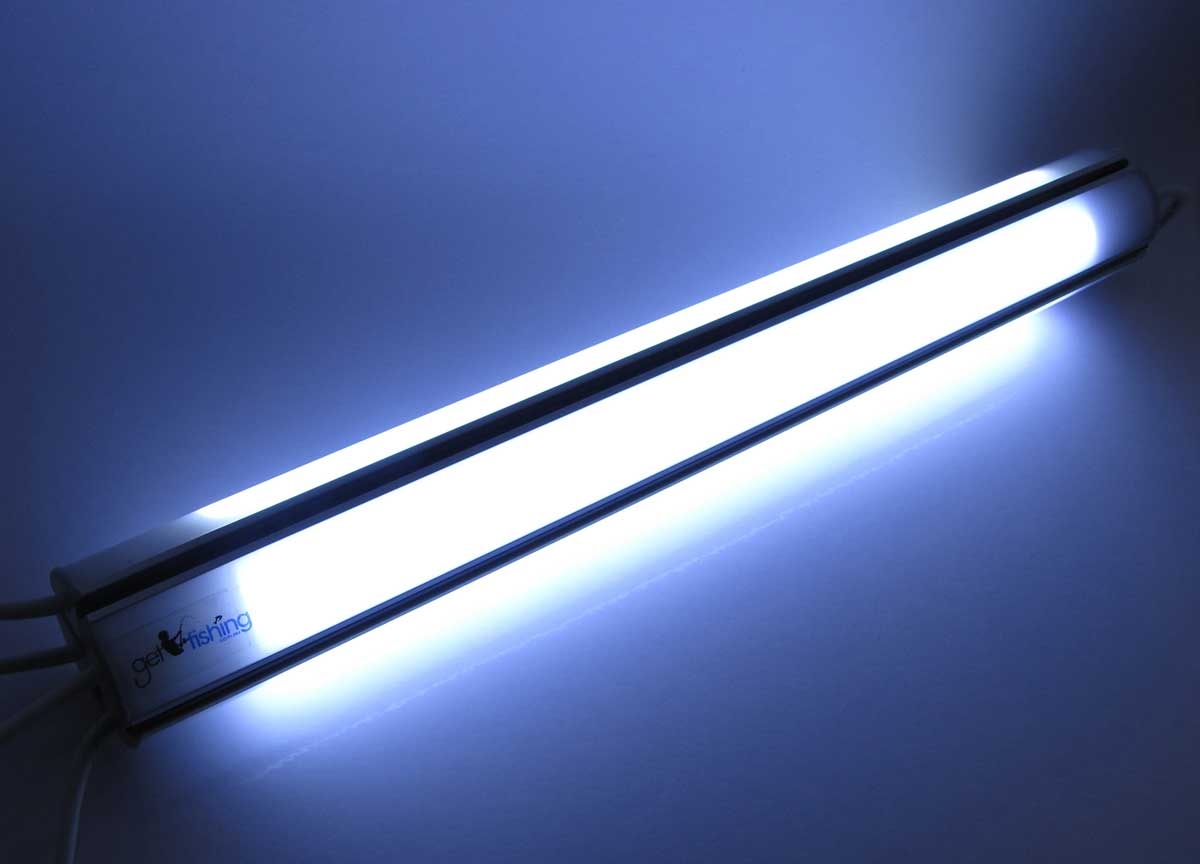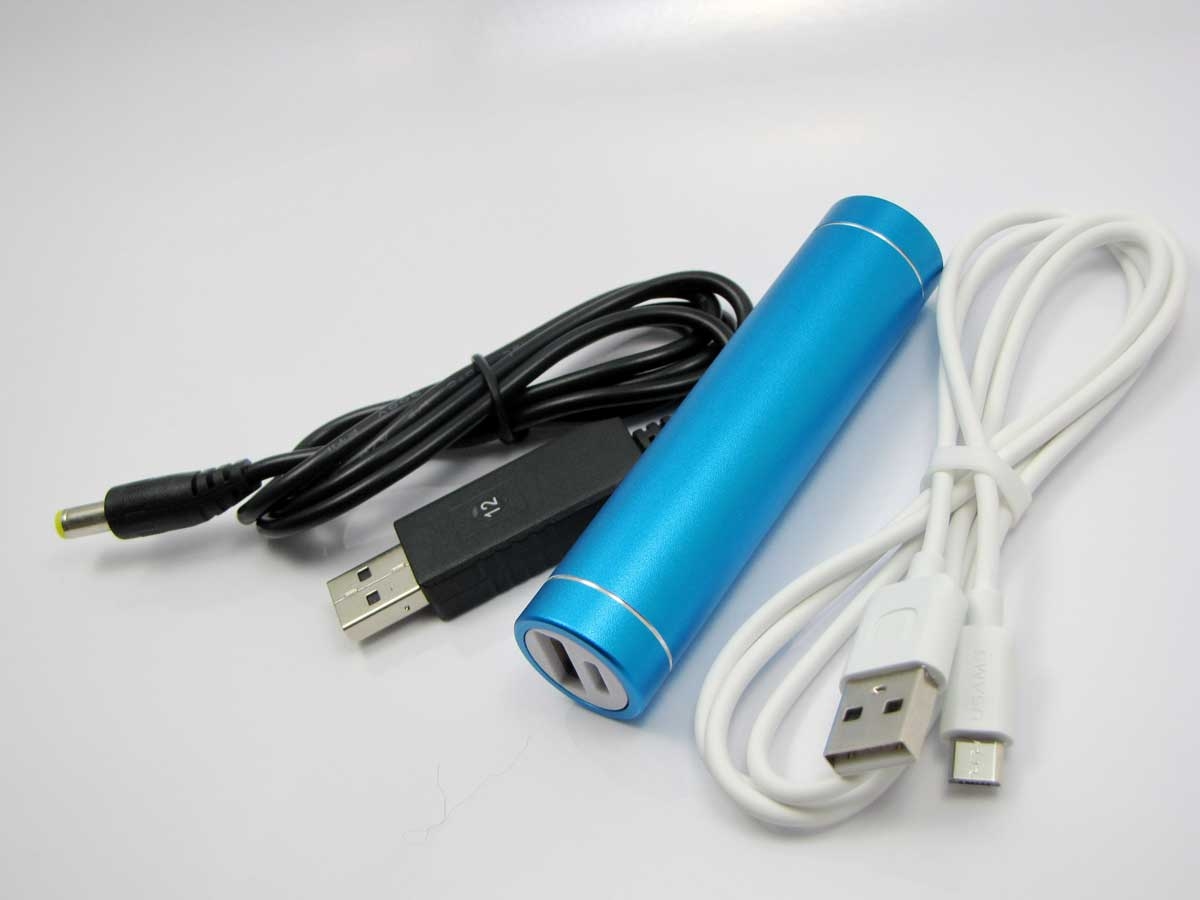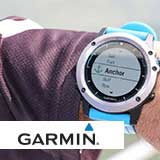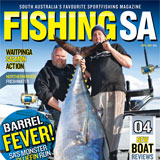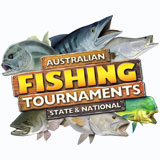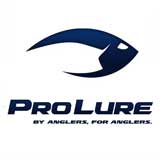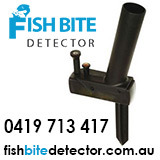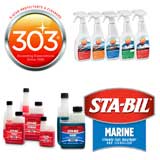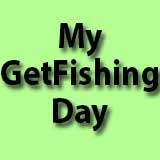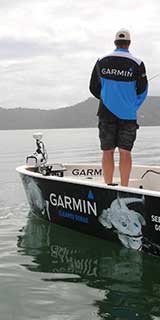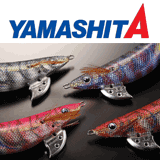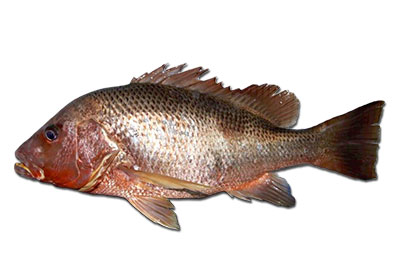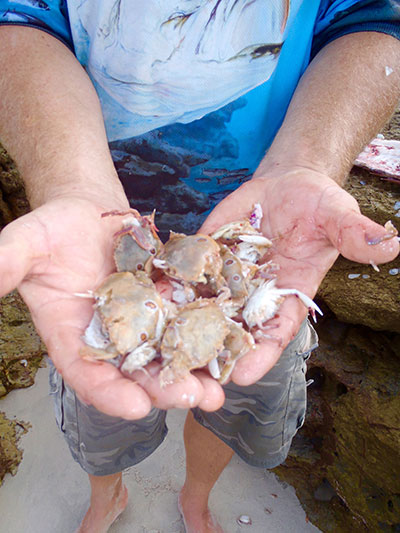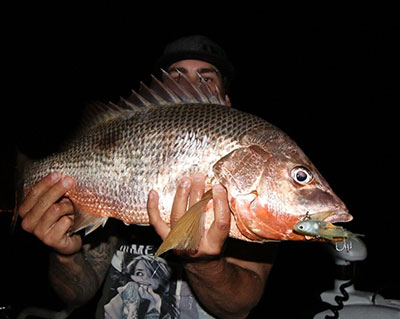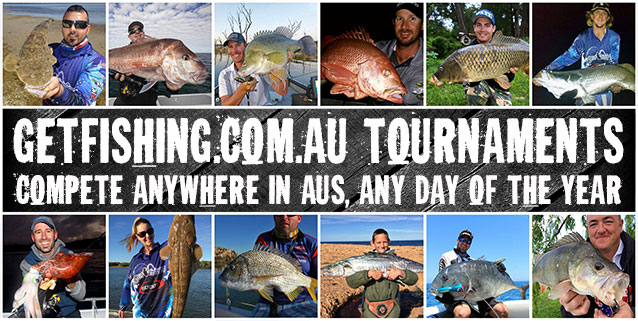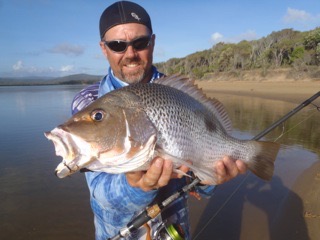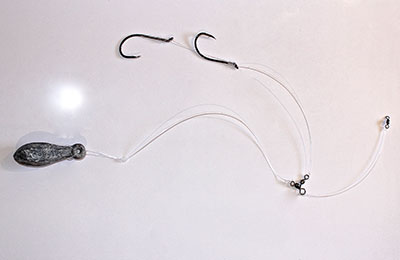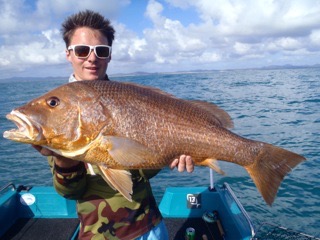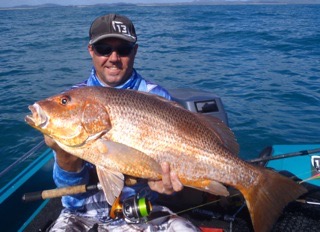Fingermark
How To Catch Fingermark aka Golden Snapper (Lutjanus johnii)
Where to fish
Fingermark are also known around the top end of Australia as Golden Snapper, particularly in the Northern Territory. They are found in estuaries, inshore reefs, structures and wrecks throughout the northern parts of Australia. Mostly an inshore species although the bigger fish may be found further offshore when in their spawning cycle.
Coby Pascoe with a cracking Fingermark taken on a soft plastic.
How to target on bait
Fingermark will take a large variety of baits although fresh is always best. Baits of live Squid, Herring, Yellowtail and other small to medium baits are all worth trying. Dead strip baits of Squid, Mullet or Tuna and what is around the area of the target species is always worth a go.
These crabs were found in the stomach of a large Fingermark.
How to target on Lures
Fingermark are an aggressive fish they will attack a wide range of lures large or small. Lure choice is determined on the area and conditions fished at that time.
For instance calm clear days fish smaller less aggressive style of lure. Night time, low light and dirty water use vibe’s and larger lures.
The new micro jigs will do the trick of turning the fingermark on. If in doubt try and match the hatch.
Kenny Howell with a tournament winning fingermark taken on soft vibe at night.
Rod & Reel – Estuary
The fingermark found in estuaries are generally smaller than the big offshore fish so if you are fishing gravel patches rods from 2kg to 5kg and reels in the 1500 to 2500 sizes will give you some fun and still handle these smaller fish. However when they are around snags or rock bars you will need to up-size to rods of 5kg to 10kg and reels from 3000 to 4000 to extract them.
Rod & Reel – Inshore
Fingermark found around inshore reefs are a lot larger than the average estuary fish so some stopping power is needed, especially in rough terrain. Reels of 3000 and above sizes and rods to match with some serious stopping power in the roughest terrain will be needed.
Liam Pascoe caught this fingermark while flicking the bank of a QLD estuary.
Terminal Tackle – Estuary
When using smaller estuary outfits mainlines of 2kg to 5kg and leaders of 6kg to 10kg will suffice for fish hanging around the softer terrain such as gravel beds, etc.
You need take it up a knotch when the terrain gets that bit rougher around rock bars, snags, etc. So main lines of 10kg to 15kg are the go with leaders of 15kg to 27kg.
With soft plastic’s matching the hook size, weight to the outfit and current conditions is required. Also as the tackle used gets heavier you need to upgrade your hooks so as to not straighten them out on a fish retreating for home.
Rigs: Stick with the KISS method [Keep it simple stupid] just run a ball sinker of the right weight for the conditions straight to the hook or add a swivel of the right size with the sinker running to it then about 1m of leader to your hook. See Running Sinker Rigs.
Terminal Tackle – Inshore
These fish are usually hanging around some pretty tough structure so some stopping power is needed. Main lines of 15kg to 25kg are needed to stop these fish from getting home and when they do leaders in the range of 18kg to 36kg should help, but not always.
Rigs: A paternoster rig with the appropriate weight with solid hooks in the 7/0 to 9/0 range or a running ball sinker to a crane swivel of the right size with a 7/0 to 9/0 is best suited to a live bait.
Soft plastic jig heads and lures should all have strong proven hooks on them these fish will straighten hooks on heavy tackle.
Paternoster rig. Note: you can make the lower breakaway or dropper length longer if needed.
Best Lures
Soft plastics in the 3’’ to 5’’ work well when fishing estuaries. When fishing inshore you can switch it up to 5’’ to 7’’ Flick baits and paddle tails.
Vibes for the estuaries should be under 4’’ or 100mm whilst outside anything that gets close to their front door will work.
Jigs are becoming popular and will work in the 40mm to 100mm range and different weights.
Notice the ‘finger mark’ disappears in larger fish.
Hints and tips
- Always use the FRESHEST bait possible.
- Use the correct hook size for that bait, eg.plenty of hook point showing.
- Use your sounder and electric motor if you have one to find the best structure or concentrations of fish.
- At night or in dirty water work your lures slow but noisily in the one position this will attract the fish to your lure from distance.
- If you catch one there will be more, concentrate your efforts on that area you caught the fish.
Liam Pascoe with a very nice inshore fingermark caught on medium spin gear.
Information courtesy of Get Fishing Tournament Member Coby Pascoe, Emu Park QLD and Department of Agriculture and Fisheries QLD. Photos courtesy of Coby and Liam Pascoe and Kenny Howell
-
Price
$ 5
- View
-
Price
$ 80
- View
-
Price
$ 50
- View


